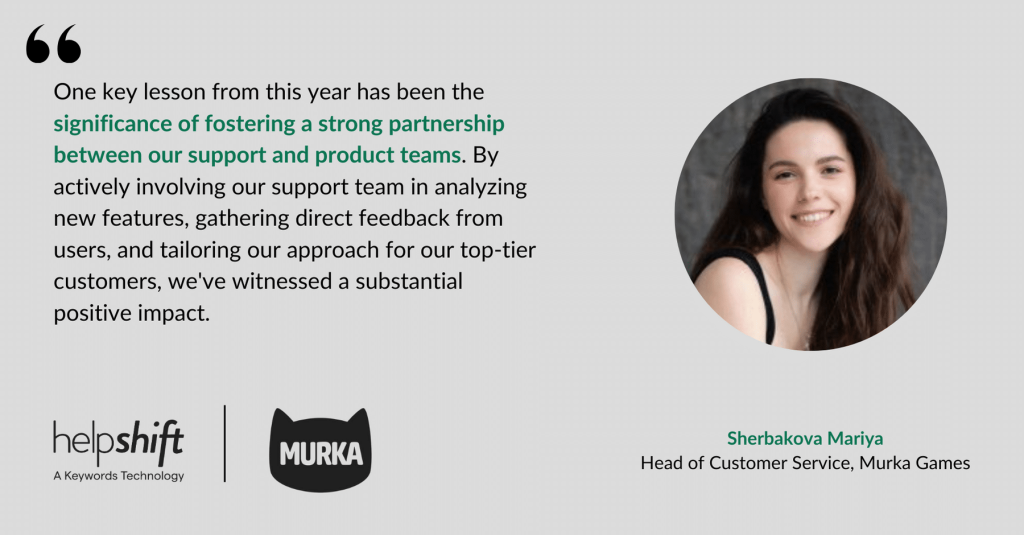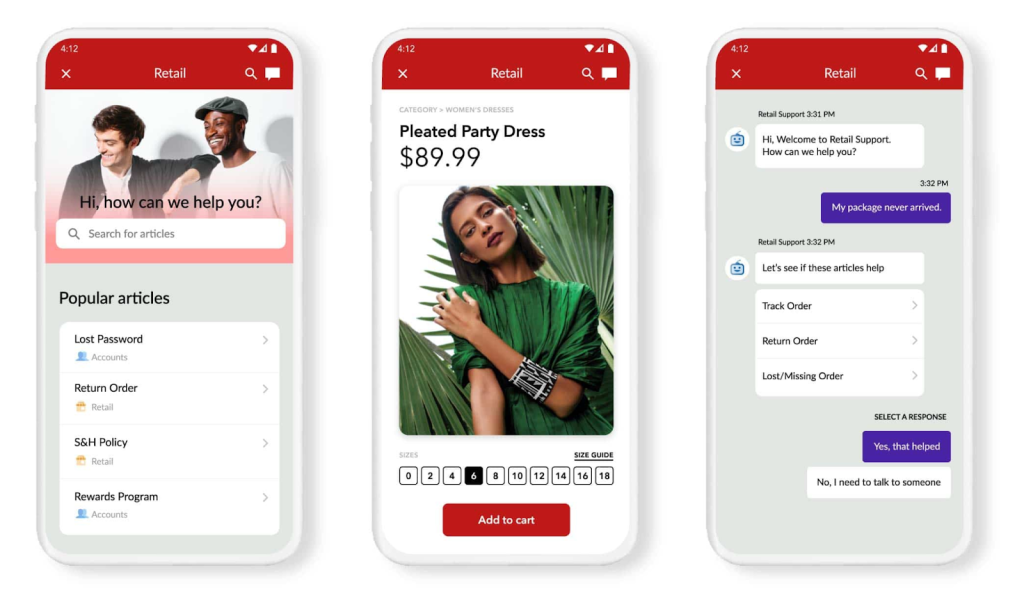As early as 2017, the insurance industry outspent all other fields in investment in AI. According to the Global Trends Study 2017, insurance companies invest an average of $124 million per company in AI — $54 million more than the average across all other industries surveyed.
Much of this spend has gone into automating rote processes and developing chatbots. However, unlike other industries, insurance companies didn’t fall prey to the common automation pitfalls of over-automating and trying to make automation smarter than it is. Instead, legacy insurers and digital-first insurance disruptors alike set the global standard for seamless, efficient and easy-to-use automation.
From onboarding chatbots to automated claim generation, here are four ways in which the insurance industry has leveraged chatbots and AI-powered automation to pave the road to the cross-industry future of frustration-free automation.
Four key takeaways from the insurance Industry’s use of automation and chatbots
Frustration-free automation refers to automation that enhances experiences, rather than detracting from them or keeping them the same. Companies that successfully achieve frustration-free automation use it only for specific use cases that can almost always be improved through the immediacy of AI and chatbots. Not every situation benefits from these technologies, which is why it’s important to have “escape hatches” for customers to receive non-automated help, and why it’s important to bypass automation completely under certain conditions.
The following scenarios are ones in which automation can almost always enhance the customer experience.
1. Education
According to a study conducted by Cognizant, 85 percent of insurance chatbots have the capability to do customer education. Typically, this refers to educating customers and prospects on how the insurance process works, what their needs are and what different terms and policies mean in plain English.
This capability can be applied broadly,across any industry that involves some form of customer onboarding. However, it’s particularly useful in the insurance industry where customers can become easily confused and overwhelmed during the onboarding process. For instance, last year AllState launched its chatbot ABBIE, which “provides answers in real time to questions about small business needs and insurance solutions.”
2. Plan selection
Most major insurers and digitally-native insurers alike allow customers to select and purchase a plan via a chatbot. Geico, for instance, leads customers through a decision-tree based structure to suggest plans (see screenshot below from an iPad). This is a common use-case for chatbots, as they can provide immediate responses, answer common questions and catch frequent mistakes that customers make (such as not including a spouse on renter’s insurance).
3. Automated claim processing
Lemonade, one of the most well-known insurance disruptors, asserts that as early as 2016 its chatbot “Jim” settled a claim within 3 seconds. Car accidents, natural disasters and life-endangering events can occur outside of business hours, and having a chatbot that can immediately help customers through these events is incredibly valuable. Even companies that don’t use chatbots for this process almost always rely on AI to rapidly input information about the claim and produce a settlement.
Other companies should take note of this ability even if they don’t have a perfectly analogous use case. For instance, the Amazon.com support chatbot can make decisions about refunds based on simple menu selection in a chat screen. Which brings us to our fourth frustration-free automation use case.
4. Post-purchase support
Post-purchase policy services — such as policy renewals, payments/refunds and ad-hoc inquiries — were identified by the Cognizant study as one of the most “profitable and prominent targets for chatbots”.
In fact, customer support is one of the most salient use cases for AI and automation across industries. AI can automatically classify and route tickets, while chatbots can resolve a huge percentage of customer queries, thereby freeing up agents for only those requests that are urgent or complex. Industries including retail, gaming, travel/hospitality, and banking have all embraced AI-powered customer support that often also includes chatbot support.
Beyond insurance: Why brands across industries should adopt these frustration-free automation lessons
Automation for automation’s sake doesn’t necessarily benefit customers or businesses. The reason the insurance industry has adopted AI and chatbots so successfully is because it leverages them for use cases that can benefit from immediate response times and automated decision making.
Businesses considering investing in chatbots or other forms of automation should take note of this; at the end of the day, any technology investment is only worth it if it provides tangible ROI to the customer and business alike.
Want to learn more?
- Additional Solution Information: Helpshift’s Platform for Digital Channels




